Retro Replay Review
Gameplay
Booloid’s core gameplay revolves around piloting a white, hexagon-shaped craft through a sprawling, interconnected world. Unlike its predecessor, which featured distinct levels, Booloid unfolds in a single, cohesive map scattered with white teleport squares. These pads allow you to instantly shift between regions, creating a sense of continuous exploration and discovery. Collecting white dots is as simple as flying into them, but yellow balls and orange squares demand precise use of the tractor beam, adding layers of strategic resource management to each run.
(HEY YOU!! We hope you enjoy! We try not to run ads. So basically, this is a very expensive hobby running this site. Please consider joining us for updates, forums, and more. Network w/ us to make some cash or friends while retro gaming, and you can win some free retro games for posting. Okay, carry on 👍)
The tractor beam itself replaces the rope mechanic from the original Bool, and it excels at creating tension and reward loops. You must reel in objects without brushing against the environment—any collision saps shield energy and forces you to start a cooldown period before you can build it back up. This pushes you to master smooth, controlled movements, while occasional high-risk maneuvers to snatch items from narrow ledges keep the gameplay fresh and adrenaline-filled.
Adding to the challenge, Booloid requires you to drain purple coolant pools with the tractor beam to replenish your ship’s coolant gauge. Let your coolant run dry, and your craft instantly explodes, costing you a life and sending you back to the last white teleport square that served as a save point. This mechanic introduces a balancing act between aggressive item collection and prudent coolant management—especially in sections dense with floating obstacles and environmental hazards.
What truly elevates Booloid over its predecessor is the new upgrade system. As you gather white, yellow, and orange items, you accumulate currency that can be invested in stability, coolant capacity, shield strength, and tractor beam efficiency. These upgrades directly impact your craft’s responsiveness and survivability, offering a tangible sense of progression. Deciding whether to boost your ship’s cooldown recovery or enhance the tractor beam’s range forces meaningful choices that can shape your entire playstyle.
Graphics
Booloid embraces a minimalist aesthetic that prioritizes clarity and function over ornate visuals. The stark contrast between the craft and the diverse colored items—white dots, yellow balls, orange squares, and purple coolant pools—ensures that every objective and hazard is immediately distinguishable. This clean visual language keeps the focus on precise navigation and split-second decision-making, rather than distracting the player with overly detailed backgrounds.
The world design, while abstract, cleverly uses simple geometric shapes to craft intricate pathways and challenging arenas. Subtle gradients and soft glows highlight interactive elements like teleport squares and coolant pools, guiding the eye without the need for intrusive on-screen markers. Despite its simplicity, the game’s color palette and lighting effects combine to produce an atmosphere that feels both futuristic and inviting.
Animations in Booloid are smooth and highly responsive, which is crucial given the high-skill flight mechanics at play. The ship’s thrust and recoil animations feed back immediately on every input, reinforcing the tactile connection between player and craft. Particle effects for the tractor beam and shield regeneration are minimalistic yet gratifying, lending each successful collection or evade maneuver a satisfying visual payoff.
On higher-end hardware, Booloid runs flawlessly at high frame rates, ensuring that precision flight never feels compromised by performance dips. Even on modest systems, the game’s low-detail approach means it remains accessible to a wide range of players. Screen transitions via teleport squares are handled with snappy fades, maintaining immersion without lengthy loading screens.
Story
Booloid’s narrative is sparse by design, echoing the cryptic style of its Bigmound collective origin. There is no elaborate backstory expounded in cutscenes; instead, the game lets the mechanics and environment speak for themselves. The sense of mystery—why you’re journeying through this geometric expanse, and what the collected items represent—creates an open-ended interpretive space that encourages players to project their own meanings onto the world.
The lack of overt storytelling may feel barren to those seeking a traditional plot, but it’s precisely this stripped-down approach that aligns Booloid with the ethos of experimental indie design. The game treats the ship as your avatar and the world as both playground and puzzle. Any narrative you derive comes organically from your experiences with the craft’s fragile dance against gravity, the exhilaration of perfect runs, and the sting of unexpected collisions.
Teleport squares double as save points, reinforcing the idea that each segment of play is a self-contained chapter in your journey. Survivors of Booloid often recount moments where the environment seemed to change character—shifting from a calm, open expanse into a claustrophobic maze of tight corridors—offering implicit storytelling through level design rather than text or dialogue.
While there are no named characters or overt lore entries, the minimalist presentation allows you to treat each upgrade unlocked and each zone mastered as milestones in an emergent narrative. In this way, Booloid’s story is woven from player agency and the satisfying feedback loops of its mechanics rather than scripted events.
Overall Experience
Booloid delivers a tightly crafted experience that melds precise flight mechanics with strategic resource management. Its single-world design encourages continuous exploration, while the teleportation system prevents backtracking from ever feeling tedious. The tractor beam and coolant mechanics introduce smart risk-reward dynamics that keep every playthrough engaging, whether you’re pushing for a personal best or just savoring the thrill of smooth, hazard-free navigation.
The upgrade system provides just enough progression to keep you invested in returning to the game’s vibrant arenas. Choices about where to allocate resources add a layer of customization to the raw skill required, making each pilot’s journey feel distinct. This blend of player-driven evolution and mechanical mastery is at the heart of Booloid’s lasting appeal.
Visually, Booloid’s minimalist approach proves that clarity can be compelling, especially in a game centered around precision movement. Combined with responsive controls and a nearly seamless performance on a variety of systems, the graphics support rather than overshadow the gameplay, ensuring you remain focused on perfecting your flight paths.
Overall, Booloid stands out as a testament to experimental design within the indie scene. Its challenging yet fair mechanics, understated narrative, and fluid presentation make it a must-play for fans of skill-based arcade experiences. For anyone looking to lose themselves in a world of geometric puzzles and high-stakes piloting, Booloid offers an engaging, rewarding journey that will keep you coming back for just one more run.
 Retro Replay Retro Replay gaming reviews, news, emulation, geek stuff and more!
Retro Replay Retro Replay gaming reviews, news, emulation, geek stuff and more!

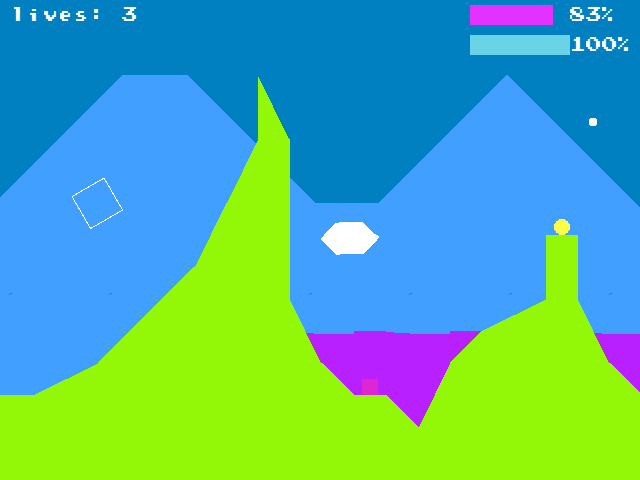
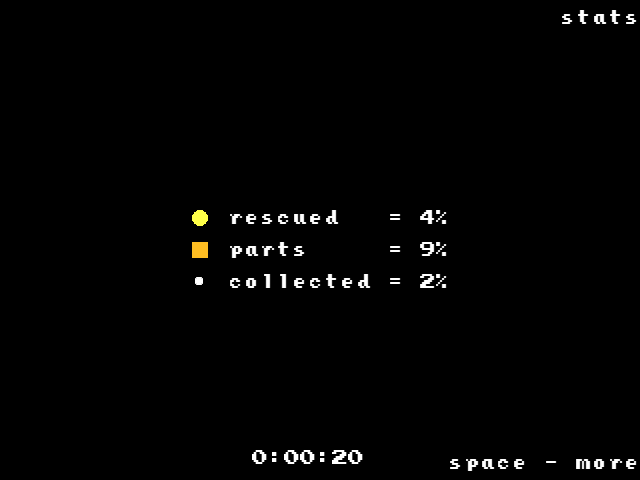
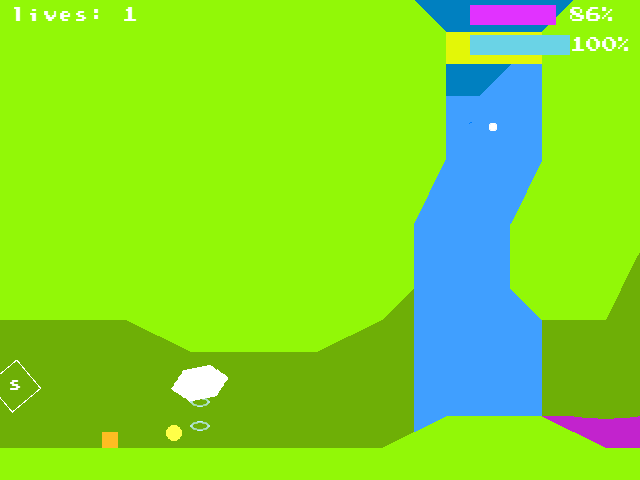
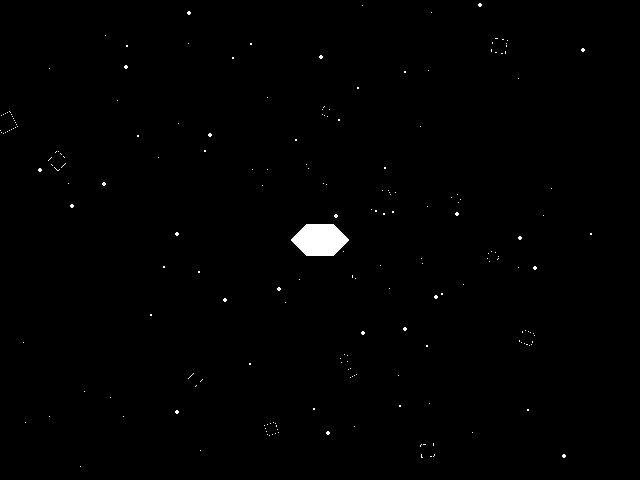
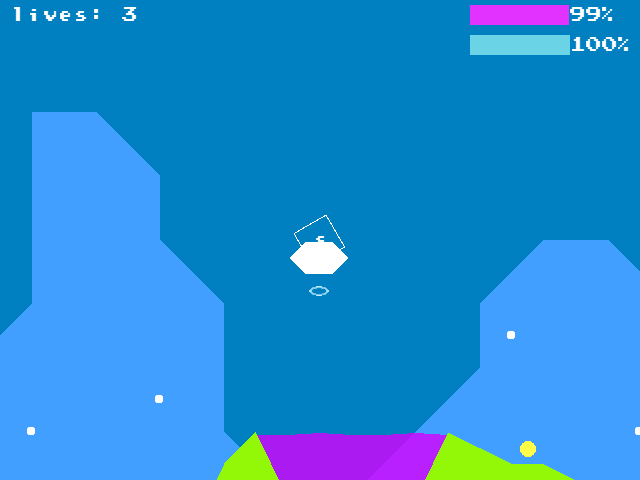



Reviews
There are no reviews yet.